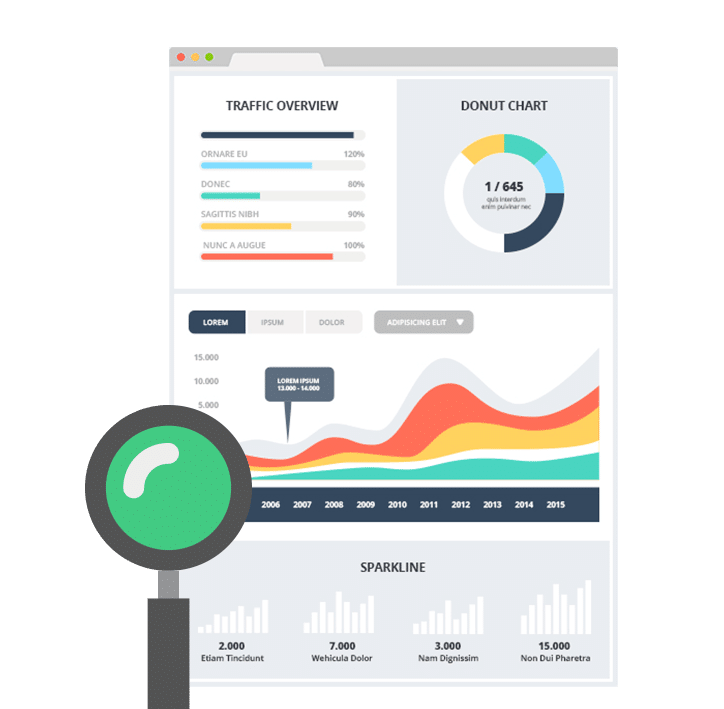Retargeting also known as remarketing is best described as reminder banners ads and reminder text ads that appear to former web visitors of websites as well as former visitors of social media channels and those that open emails received. It is used for branding and to stay ‘top of mind’ with clients to increase conversions. It is used effectively for a variety of markets such as retail to boost sales or medical to drive more appointments and technology to increase inquiries and revenue. It is a heavily used campaign tactic for large brands but seems to be underutilized by local and regional businesses. The reason for the lack of use with smaller businesses is typical because they are not aware that is an available approach to boosting conversions online.
How does it work? When you visit any website, you ‘could’ be picking up a tracking pixel on your desktop or mobile browsers such as Chrome, Firefox or Explorer as a way to serve up advertising and branding messages. So following your virtual departure from that site, you may surf other websites online or even use mobile apps on your tablet or smartphone. There are designated sections on certain websites and apps that allow for advertising to appear as displays ads or online video ads. Those reserved promotional sections may then have a display ad or video ad serving up an offer to return to the website you visited. You then visit another site or app and see the same exact offer or a similar offer from the same company as though it was following you around.
The same would apply to text ads you may see repeatedly on YouTube or other participants in the Google Search and Display network such as a Gmail inbox that shows text ads at the top of each of the 3 sections of Gmail. Retargeting is a tactic that is part of Google’s Pay Per Click (PPC) platform called AdWords.
Remarketing can also be applied to social media channels in a similar fashion so that after you depart a brand’s social site, you see the same display ads and video ads as you surf the internet. Lesser known still is using retargeting banner ads with Email Marketing, so that when a recipient opens an email only, even if they do not read it, they now have a tracking pixel so that they see the same promotions as they journey virtually through the web. The benefit of this strategy for email marketing is that even though that recipient may never open up another email from you, they could still be reached through your remarketing campaign.
Retargeting offers can also be varied instead of just 1 message only so that even though a web visitor arrived at the website and then went to various pages, they could be served different reminder ads depending on the page visited or the email opened. For instance, a visit to a personal injury attorney website could lead to checking out auto cases for 1 visitor while another visitor reviewed the medical malpractice tab. One of those former visitors could receive a reminder banner that is specific to auto cases only while the other visitor would get remarketing ads that only cover medical malpractice. Of course, multiple banners could also be shared to the same visitor as well to conduct A/B testing to see which banner ads perform better than others.
We can also provide graphic design and video production resources to create either static or dynamic online display banners as well as short video segments using original or stock content or even editing an existing TV spot for digital consumption. Typically, most clients choose dynamic display ads over static since more messaging can be shared and the movement gained tends to drive higher click-through rates (CTR), which is key to conversions. When brands select video banners, they also tend to want an accompanying display banner since the pairing of both at the same time has more impact and tends to gain higher recall.
Regardless which of these retargeting tactics are taken, what matters most are results. Therefore, proper reporting is key. It is not uncommon for us to get limited lead tracking data on what is working on certain campaigns – online or offline. This is especially true for SEO programs since other lead generation and branding tactics are engaged including retargeting or even PPC which could employ reminder ads to increase conversions further. The point is they should be tracked both jointly and separately to properly assess which program tends to have a higher overall impact. We prefer to apply analytics to all our campaigns since it helps us better optimize each program and improve them faster to boost results and ROI and lets us and our clients know where their money could be best spent.







